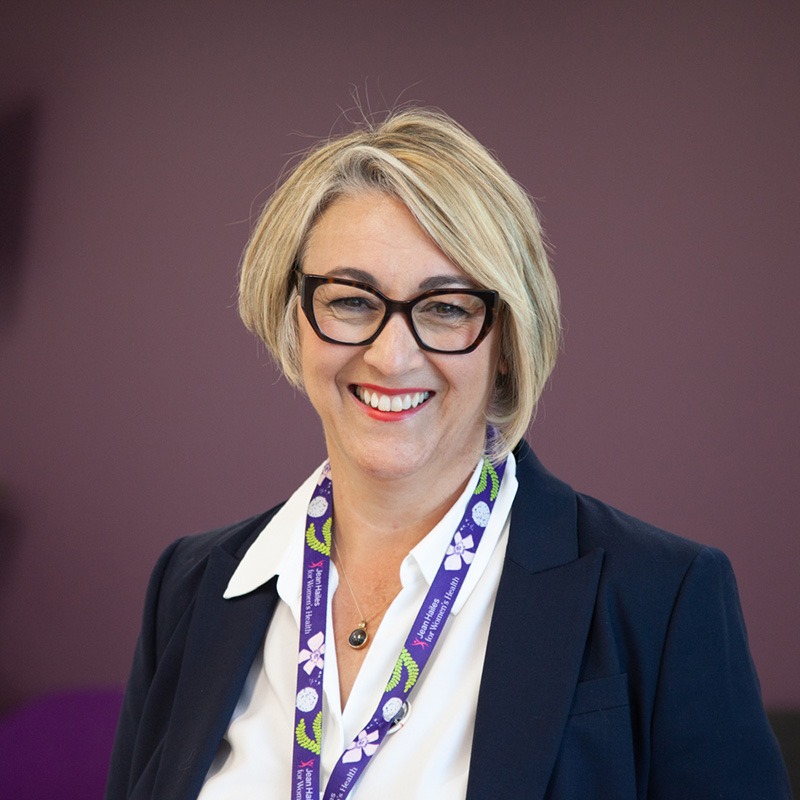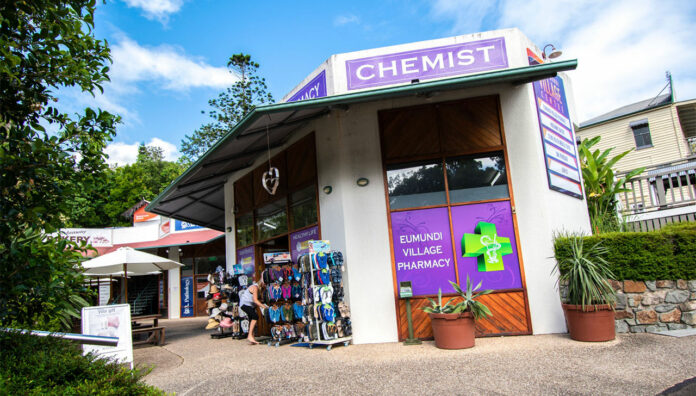When pharmacy owner Tania Watson MPS learned her business had been included on the Queensland Health website, she sprang into action to ensure her staff and patients remained safe and able to access their medicines.
It was late on Sunday evening that she learned a patient who had tested positive to COVID-19 had visited her pharmacy in the rural Sunshine Coast town of Eumundi three evenings earlier, last Thursday.
‘Queensland Health posted my pharmacy’s name on their website … and I found out [via] social media that we had just been listed as a contact site,’ Ms Watson told Australian Pharmacist.
After unsuccessfully reaching the correct department at Queensland Health, and wading through myriad text messages and Facebook posts before retiring, on Monday morning Ms Watson kept the pharmacy doors closed.
‘We did our own contact tracing and implemented our own procedures and plan,’ she said. ‘But what we did seemed to be correct.’
Isolation and contact tracing
After working out from the timeframe listed by Queensland Health that she had been in the pharmacy when the positive patient visited, Ms Watson knew she was therefore considered a close contact.
‘They can’t actually tell you who the person is, but I just sat down with the timing,’ she said.
‘I found out [via] social media that we had just been listed as a contact site.’
The patient visited the pharmacy at 5:15 pm, near closing time, so from the till report, Ms Watson realised she had served the person.
‘There were only two of us in the [pharmacy], myself and another pharmacist, and I [realised] I happened to label something for this person,’ she said.
Following this realisation, she knew she must get tested. And while she returned a negative result, Ms Watson needs to remain in isolation.
‘We’re in lockdown until next Thursday night and I have to get retested on Day 12 at a drive-through clinic,’ she said.
The next step was figuring out who else had to isolate.
‘Unfortunately it just happens to be another business owner in town, so their family is now in isolation,’ she said.
‘They had one of their kids [with them], so they all had to get tested, even though the husband was in there for less than a minute and was nowhere near the [positive case].’
Organising and reopening
With the pharmacy closed on Monday morning, Ms Watson organised staff to attend the premises.
‘Someone had to put a sign on the door and [you need] to do a deep clean,’ she said.
Given the pharmacy is relatively small (119 square meters), and engaging a professional cleaner is not a necessity, it was decided two unexposed staff members would undertake the process themselves.
‘We followed Government guidelines, which [includes] the dilution of bleach and detergent, and COVID-19 [disinfectants] such as Glen 20, which you spray over stock,’ Ms Watson added.
In the meantime, the staff handed any paper scripts to patients that were required so they could be dispensed elsewhere.
At 3:30 pm on Monday afternoon the pharmacy reopened.
‘If I had tested positive, [because] I’d worked with the rest of my staff on Friday and Saturday, I wouldn’t have had a business to open,’ she said. ‘It can be quite devastating for small businesses.’
Patient and staff concerns
One of the biggest challenges was fielding phone calls and messages while trying to manage staff and business.
‘We had customers and people from Queensland Health ringing,’ Ms Watson said.
‘I had about 150 phone calls and messages in total [on Monday], so it’s pretty full on.’
Ms Watson spent time relaying information to patients in the store during the incident, particularly a mother who was accompanied by her young child.
‘I had about 150 phone calls and messages. It’s pretty full on.’
When your business is all over the news as a hotspot, there is no way of getting around the attention that brings, she said.
‘I just tried to stay professional in terms of social media, putting the standard messages up that we’re following all directives and then just going from there.’
Other customers and community organisations also got in touch, many merely wondering how Ms Watson and the staff were faring after the news.
‘I’ve had local Rotarians and all sorts of people messaging me,’ Ms Watson said. ‘So you’ve just got to wade your way through that … prioritising the people who were there first.’
While there were perhaps fewer customers than usual in the pharmacy on the first full day of opening yesterday (Tuesday), Ms Watson said people were still getting prescriptions filled and going about their normal business.
‘Some people may not want to come to your [pharmacy], some people don’t even know, and some that have come in are still not wearing face masks,’ she said.
QR codes mandated
Meanwhile, with more and more retail and pharmacy locations on exposure site lists, most states have taken steps to mandate QR check-in codes. All patients, staff and visitors, for example suppliers delivering stock to the pharmacy, will be required to check in.
QR codes are currently mandated in Victoria, Western Australia and South Australia. Over the next few weeks, other jurisdictions will follow suit, including Queensland (9 July), ACT (15 July) and Tasmania (31 July). NSW has said it will also mandate the system, but it is unclear at this stage when this will take effect.
As frontline healthcare workers, it is essential pharmacists champion the use of QR check-ins as an important COVID-19 safe behaviour. As relayed above, you never know when a COVID-19 positive patiently will venture into your pharmacy.




 Source: Queensland Health Immunisation Program[/caption]
Source: Queensland Health Immunisation Program[/caption]


 Dr Sarah White[/caption]
Dr Sarah White[/caption]






